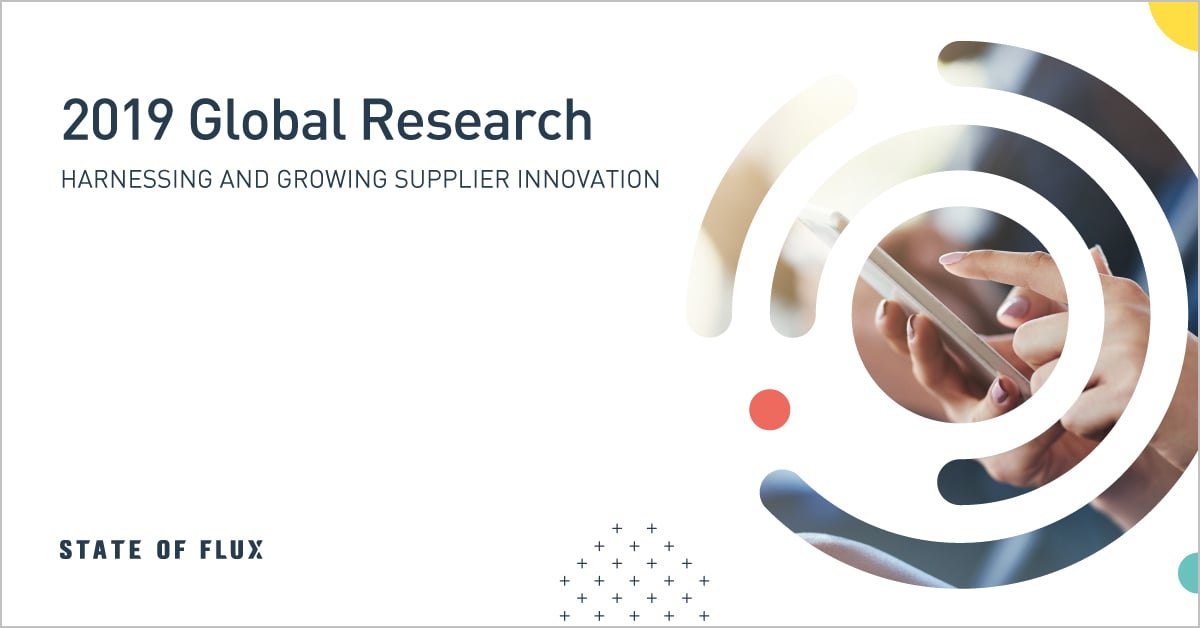Businesses often feel they should get more value from contracts, but they don’t know how to make it happen. Tactical solutions have not worked. They might sense a strategic approach, such as supplier relationship management, can help but they are apprehensive about the commitment. They want to get the benefits of SRM without the work.
As we described in our last blog, A company-wide SRM programme offers big returns, but requires time and investment, there is a way of fast-tracking some aspects of SRM to get measurable results without a large-scale investment. With a small number of selected suppliers, organisations can get work-streams off the ground in around 12 weeks and deliver value within a year.
But we have found that even for a fast-tracked approach, there are a set of pivotal success-factors which can help ensure you get the desired results.
Three pivotal success-factors to fast-track your SRM:
1. Selecting the right suppliers
First, success depends on selecting the right suppliers to work with. The approach does not require a full survey of suppliers; instead you pick a handful based on a few rules of thumb. Three points are important:
- They should be critical or strategic or both. A few internal conversations with senior stakeholders can help identify the best candidates.
- There should be clear recognised potential to meet business objectives by working more closely with the supplier.
- Given the goal of securing rapid positive momentum, for the first wave, we would not recommend choosing suppliers whom you are facing major issues.
2. Leadership buy-in
Suppliers are usually willing to engage, if you involve the the right leaders on the buying side. This does not necessarily mean directors or C-suite individuals, but senior backing at least at departmental level is essential. You need to involve people at a suitable level of authority to make decisions.
Success hinges on the right level of management attending meetings between the teams from each organisation. As a rule, if the most senior person on the buy-side is still needing to check or seek authority, they’re not senior enough. Involving decision-makers gives the immediate sense to the supplier that this is an “above the power line” initiative, and not just about information sharing, or cost cutting. It becomes dynamic, and provides the opportunity to build relationships and trust – which are key to unlocking the benefits organisations are seeking.
Senior stakeholders in SRM also need to collaborate internally. Conversations on extra value and innovation with key suppliers will likely range beyond one area of business. And if you have not managed to think that through in terms of the necessary partnership between internal business units, you risk revealing the organisation as being fundamentally unprepared for the level of external collaboration you are seeking. Naturally, this runs the risk of stalling the initiative, hampering progress, and can lead to suppliers becoming disengaged.
3. Face-to-face meetings
Part of demonstrating leadership buy-in is a willingness to join face-to-face meetings. We have many years of experience in facilitating face-to-face workshops between suppliers and key stakeholders, using proven tools and frameworks, supported by data that is gathered in the early stage of the programme.
However your approach to this is, we’d suggest data and open discussion are key: the aim is to bring people together in an way that encourages creative collaboration on projects which offer both sides value.
These are conversations that are rarely programmed within the normal governance arrangements for strategic suppliers, and happen surprisingly rarely even for critical, multi-year relationships. Too frequently, post-contract engagement is restricted to quarterly or annual reviews, which can remain tightly focused on current performance or issue resolution, and never explore the much wider potential within the relationship. This means the potential to realise extra value can build up over time – and be rapidly brought to fruition with the right approach.
With these success factors in place, a fast-and-lean SRM programme can quickly accrue results. In the next blog, we’ll look at how organisations can build on these initial wins to promote SRM more widely across the business.
For further information on how we can help your organisation SRM programme, please contact us at enquiries@stateofflux.co.uk
Complete the survey before the 5th July!
Benchmark your approach to SRM by taking part in the 2019 global SRM research. Upon completion you can request a free benchmark of your responses compared against industry best practice.



